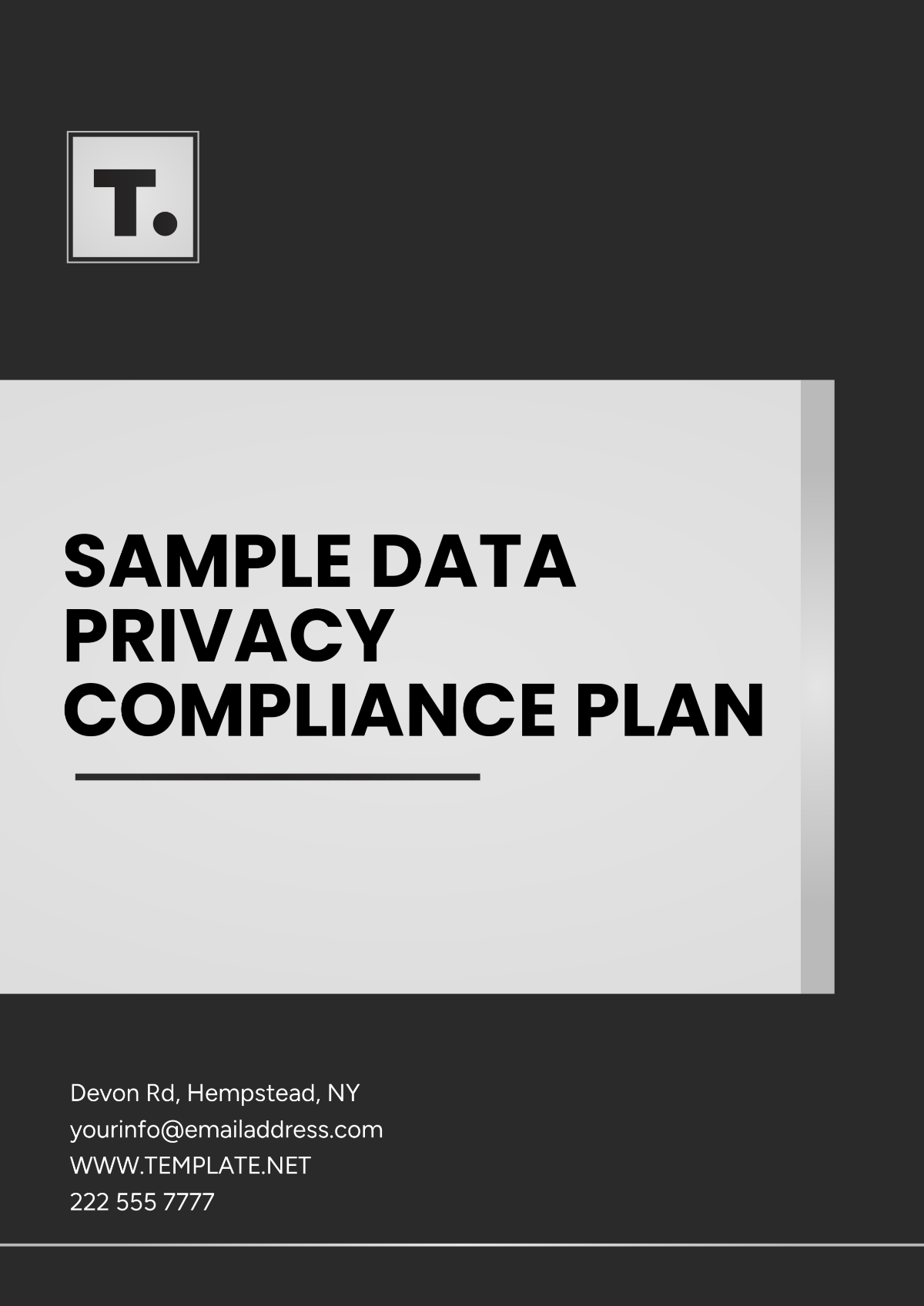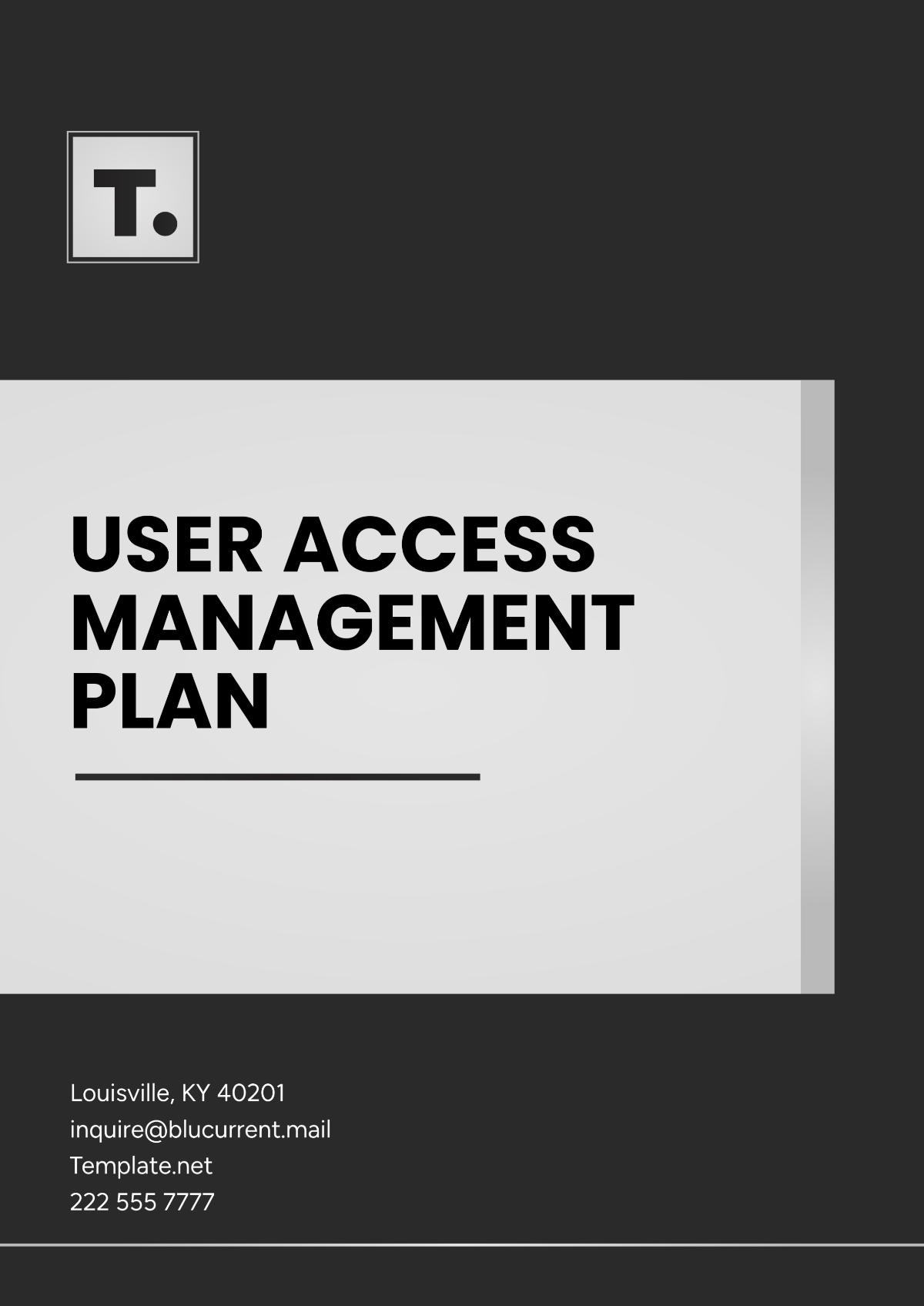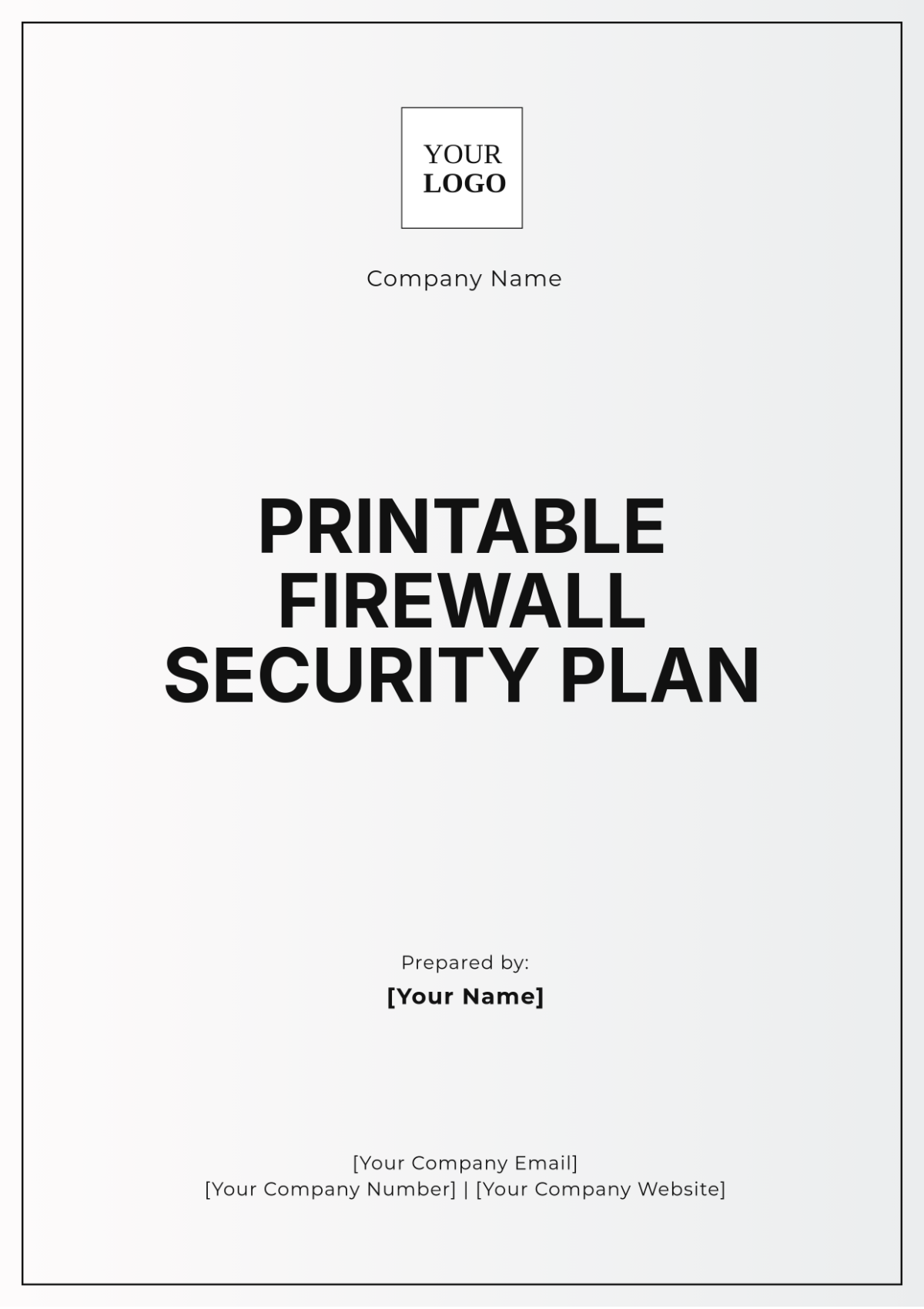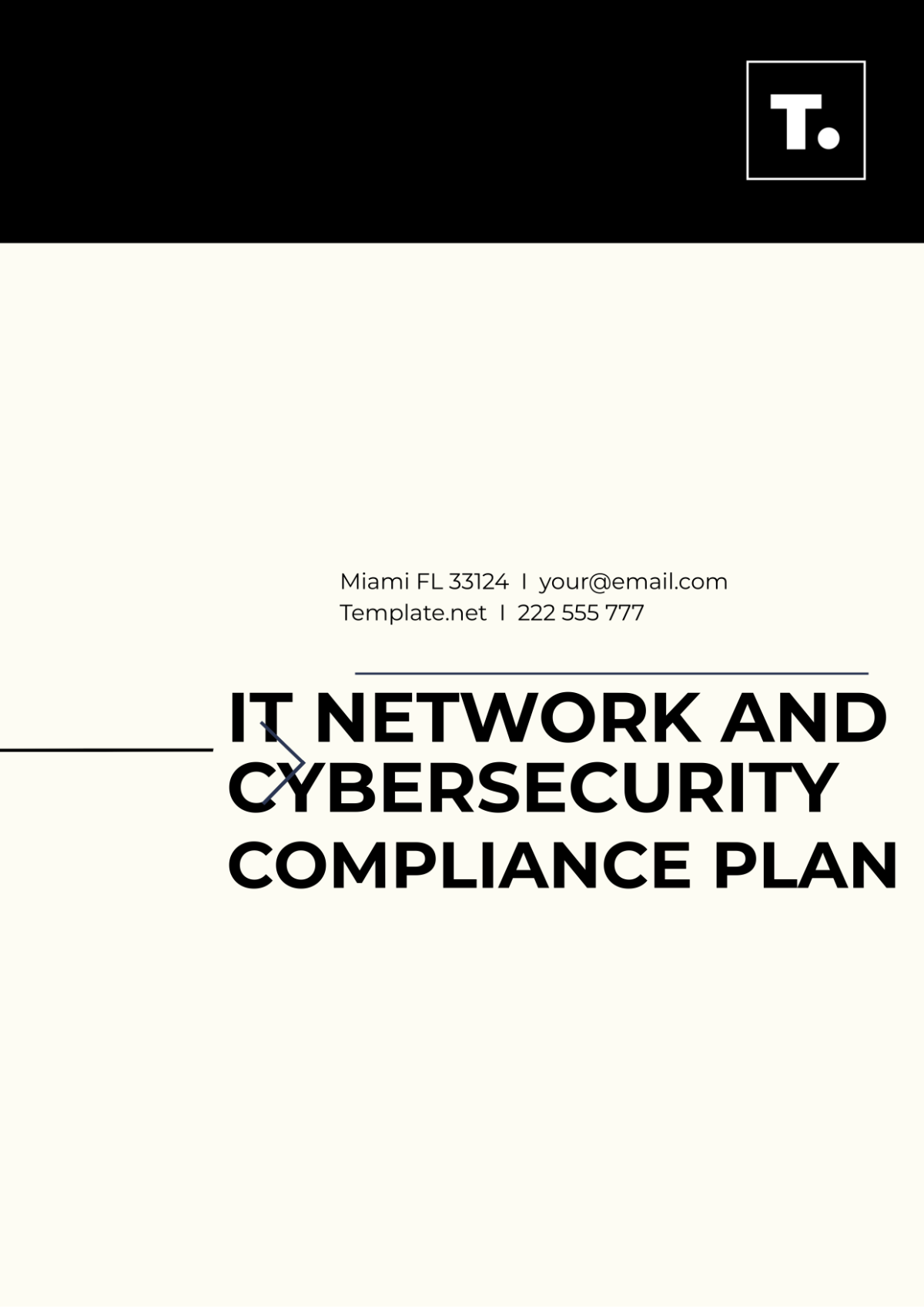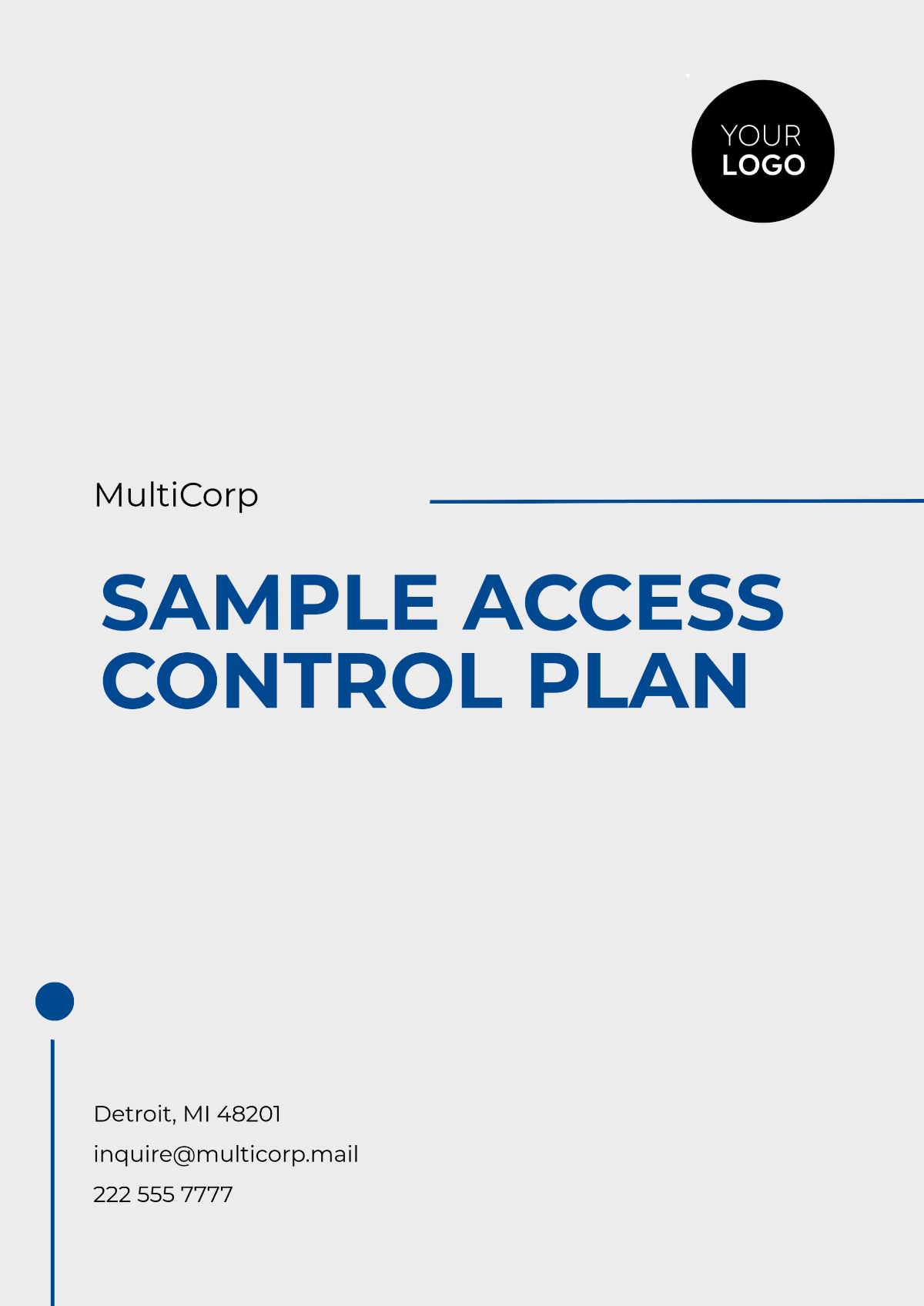IT Network And Cybersecurity Compliance Plan
1. Introduction
[Your Company Name] commitment to IT network and cybersecurity compliance.
Purpose: The purpose of this compliance plan is to establish and maintain a robust IT network and cybersecurity practices to protect sensitive data, ensure business continuity, and comply with regulatory requirements.
Scope: This compliance plan encompasses all aspects of IT network and cybersecurity within Acme Technologies Inc., including policies, procedures, risk management, training, vendor management, monitoring, and reporting. It applies to all employees, contractors, and third-party vendors who interact with the organization's IT systems and data.
2. Governance and Leadership
Appointment of [Your Name] as the Chief Compliance Officer.
Establishment of a Compliance Committee comprising representatives from IT, legal, and senior management.
Documentation of roles and responsibilities.
3. Regulatory Compliance
Compliance with relevant laws and regulations such as GDPR, HIPAA, PCI DSS, etc.
Regular monitoring for updates and changes in regulations.
Documentation of compliance efforts and audits.
4. Risk Management
Identification of IT network and cybersecurity risks.
Assessment of potential impacts and likelihood of occurrence.
Implementation of risk mitigation strategies such as regular security
assessments and penetration testing.
5. Policies and Procedures
5.1. Access Control
Enforcement of strong password policies with regular expiration and complexity requirements.
Regular review and update of user access privileges based on job roles.
Implementation of multi-factor authentication for remote access and critical systems.
5.2. Data Protection
Encryption of sensitive data in transit and at rest using industry-standard encryption algorithms.
Regular backups and testing of data recovery procedures to ensure data integrity.
Compliance with data retention policies as outlined in the organization's data management guidelines.
5.3. Network Security
Implementation of firewalls and intrusion detection systems to monitor and protect the network perimeter.
Regular vulnerability assessments and patch management to address security vulnerabilities promptly.
Monitoring of network traffic for suspicious activities using intrusion detection and prevention systems.
5.4. Incident Response
Development of an incident response plan outlining roles, responsibilities, and escalation procedures.
Training of staff on identifying and reporting security incidents promptly to the IT security team.
Documentation and review of incident response procedures following each security incident or breach.
6. Training and Awareness
Provision of regular cybersecurity training for all employees covering topics such as phishing awareness, password security, and social engineering.
Awareness campaigns on phishing and social engineering threats through emails, posters, and internal communications.
Testing of employee awareness through simulated phishing exercises conducted quarterly.
7. Vendor Management
Due diligence of third-party vendors regarding their cybersecurity practices before engaging in any business relationship.
Inclusion of cybersecurity requirements in vendor contracts, including clauses for data protection and breach notification.
Regular assessment of vendor compliance through security assessments and audits.
8. Monitoring and Auditing
Continuous monitoring of IT systems for security breaches using a combination of automated tools and manual checks.
Regular internal audits of IT networks and cybersecurity controls are conducted annually by the internal audit team.
External audits by third-party firms to validate compliance efforts and provide independent assessments of the organization's security posture.
9. Documentation and Reporting
Maintenance of detailed documentation of compliance efforts, including policies, procedures, assessments, and audit reports.
Reporting of compliance status to the Executive Management and Regulatory Authorities quarterly or as required by regulations.
Documentation of corrective actions taken in response to non-compliance issues identified during audits or assessments.
10. Continual Improvement
Regular review and update of the compliance plan based on changes in regulations, technology, and business requirements.
Feedback mechanisms for employees to suggest improvements to existing policies and procedures.
Participation in industry forums and conferences to stay updated on emerging threats, trends, and best practices in cybersecurity.
11. Signature
I certify that I have reviewed and approved this IT Network And Cybersecurity Compliance Plan. By signing below, I commit to upholding its policies and ensuring compliance with cybersecurity standards.

[Your Name]
Chief Compliance Officer
Date: [Date]
